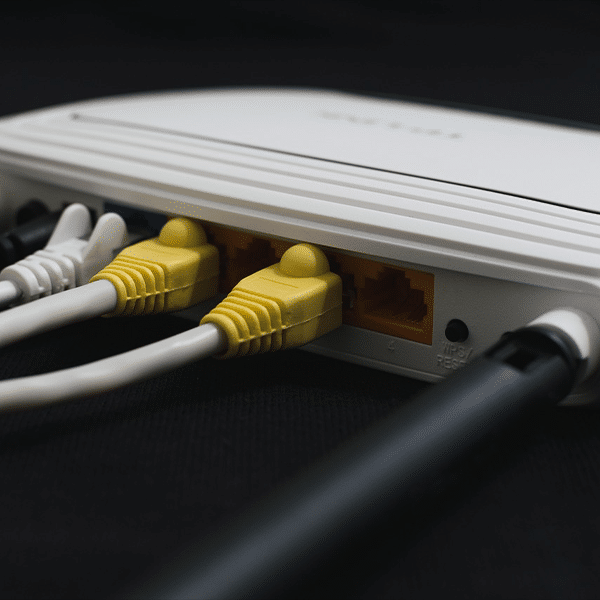 The nation’s largest service providers would like to see regulations governing local phone service relaxed – and as data compiled by the National Regulatory Research Institute illustrates, AT&T has been particularly active on this front.
The nation’s largest service providers would like to see regulations governing local phone service relaxed – and as data compiled by the National Regulatory Research Institute illustrates, AT&T has been particularly active on this front.
Twenty-five states limited or eliminated public service commission oversight of local telecom service between 2006 and the first quarter of 2012, including 16 in states where AT&T is the dominant local carrier, one Verizon state, five CenturyLink states and three Fairpoint states, according to the NRRI. Another nine states, primarily AT&T states, have legislation pending, said Sherry Lichtenberg, principal of the NRRI, who presented the data on a webcast yesterday organized by broadband association USTelecom, whose members include large telcos.
“Should the bills pass, AT&T will be regulated in 20 of [its] 22 states,” said Lichtenberg, who noted that Verizon has benefited and could continue to benefit from AT&T’s efforts, as some states are shared between the two companies.
It’s not surprising that AT&T has been so active in pursuing telecom deregulation, as the company wants to phase out its traditional voice network but may be prevented from doing so in some states until the states are deregulated.
Two waves of deregulation
According to Lichtenberg, telecom deregulation has occurred in two separate waves. Initial legislation focused on getting rid of some elements of the carrier of last resort concept, which traditionally required telcos to make phone service available to anyone in their territories who wanted it. Some states also re-defined home phone service. For example, Lichtenberg noted that California allows wireless phone service to meet the definition of home phone service if it works within the home.
More recently telecom legislation has had a different focus – and states that already passed bills are already looking at updates, Lichtenberg said.
“In 2013 we see a new set of priorities,” said Lichtenberg. “Primarily what we’re seeing are bills that state ‘Thou shalt not touch VoIP or IP-enabled services even if we haven’t defined them yet.’”
Also participating in the webcast were state-level regulators, who described the experiences with deregulation in their states, along with Jeffrey Eisenach, managing director and principal of Navigant Economics. Eisenach presented an analysis that Navigant did showing that telecom deregulation reduced the cost of basic phone service by an average of $5.25.
Not surprisingly, considering USTelecom’s industry focus, the webinar didn’t include representatives of any consumer groups that have opposed telecom deregulation. Lichtenberg did do a bit of playing devil’s advocate, however. She advised regulators to consider how to make sure that consumers and businesses are not harmed by deregulation and that they continue to receive reliable service.
She also suggested that stakeholders consider what should occur if deregulation were to bring about unexpected results.
Advocates of deregulation argue that regulation is no longer needed now that the telecom market has become competitive. But “what if competition goes away and how will we know?” asked Lichtenberg. “Is there a chance that competition will become so limited that it cannot substitute [for regulatory oversight]?”


